Outdoor sports courts lighting requirements
Outdoor sports courts are commonly found in recreational facilities, schools, colleges, training facilities, parks and youth camps. They can be dedicated sites for playing basketball, tennis, volleyball, or multi-sport courts that incorporate the lines for many different sports into one court. These sites are generally Class III and IV sports venues that have a limited spectator capacity. The required quantity and quality of illuminance for outdoor sports courts consider only to address the basic visual needs of players. Typically, two or four poles that mount luminaires with medium to wide beam spreads are installed along the longitudinal sides of the court. A sufficient setback is maintained to avoid injury to players. The minimum mounting heights of the luminaires ranges from 7.6 to 12.2 m (25 to 40 ft). Outdoor sports courts are provided with a maintained average horizontal illuminance value of 300 lux (30 fc) or 200 lux (20 fc), a maximum coefficient of variation (CV) of 0.25 or 0.30, and a maximum uniformity ratio (UR, maximum to minimum illuminance ratio) of 3:1 or 4:1.
Types of sports court lights
Outdoor sports court lights fall into two groups: area lights and flood lights. Area lights are fixed mounting luminaires that rely on optical control to contain illumination within the target area. Flood lights are directional luminaires capable of being aimed at any direction. Area lights are typically installed in sports courts where poles can be located to the playing area. These lighting systems are favored for their ability to provide greater spill and uplight control. Flood lights are typically used to illuminate larger playing areas or to project light to irregular areas that may require precise control of beam spreads.
Traditional area and flood lights are lamp-based systems that are built to control the distribution of light emitted by a metal halide lamp. Their performance characteristics are built into the light source (lamp) itself. Metal halide lamps are a type of high intensity discharge (HID) light source that generates light by passing an electric arc between the electrodes through a gaseous mixture of vaporized mercury and metal halides. Metal halide lamps were considered the best light sources for sports lighting systems because they outperform incandescent lamps significantly in energy efficiency and have better color rendering performance that other types of HID lamps. These lamps, however, suffer from the disadvantages of long warm-up and restrike times, reduced light output due to incorrect positioning of the lamp, poor lumen maintenance, and risks of fires and explosion. When they are placed in a luminaire, the optical loss is typically high, and the uniformity of illuminance distribution is poor.
HID lighting vs. LED lighting
The various drawbacks of HID lighting spurred a monumental shift to solid state lighting based on LED technology. LEDs emit light through intracrystalline recombination of positive and negative charge carriers (holes and electrons) within a semiconductor package. The injection electroluminescence effect results in energy being emitted in the form of electromagnetic waves which excite the phosphor down-converter to create white light. This emission mechanism lends LEDs an incomparable source efficiency.
LED technology can yield energy savings beyond just the easily measurable improvements to light source efficiency. The optical directionality and controllability of LEDs enable a high optical delivery efficiency to be achieved when they are incorporated into luminaires. With their full, instantaneous dimmability, LEDs can deliver further energy savings through intensity control. Facilitated by embedded sensors and intelligence, LED sports court lighting systems can leverage occupancy sensing, daylight harvesting, automatic scheduling, data-driven automated solutions, or any combination of these approaches to unlock the energy savings potential of lighting controls. The long lifetime of LED lighting products translates to reduced relamping frequency and maintenance costs, which translates to tremendous energy savings.
The adoption of LED technology also leads to improved quality of lighting. The small semiconductor emitters can be used in groups to create a surface emission device that produces uniform distribution of light. High uniformity of lighting is particular important for high-speed sports. Poor uniformity may distort visual perception of the playing target and thus affect player performance. LED sports lighting also comes with improved color quality. The technology allows for optimization of the spectral power distribution (SPD) for the required color rendering performance and color temperature.
Technology implementation
An LED luminaire designed for outdoor sports court lighting is usually an integrated LED system with power consumption in the range of 75 to 300 watts. The LED luminaire houses an array of LED packages and provides drive current regulation, thermal management, optical distribution, mechanical and ingress protection for the LED packages. An integrated design is intended to ensure that the environmental and operational stress conditions are tightly controlled and thus the LEDs can operate under specified ranges for temperature, electrical power, and other parameters. While the lifetime and luminous efficacy of LEDs are important indicators, the system life and efficacy of an LED luminaire is a function of the LEDs, driver, thermal management, optical design, and mechanical performance.
The trade-off between the initial cost and luminaire performance (reliability, lighting quality, efficiency) occurs as part of the luminaire design process. The initial cost of LED luminaires does not reflect the maintenance and operation costs, and thus can create a false impression in product selection. While Class III and IV sports lighting applications leave more room for comprise on certain parameters (e.g., illuminance levels, color rendering), the lighting system should always be designed to last and perform so that maintenance expense can be held to a reasonable value.
Light source
In integrating LEDs into a system, the first consideration is to select LED packages with the proper strengths. Outdoor sports court lights may use mid-power LEDs when a low initial cost is the top priority in system development. Although LED systems that incorporate mid-power LEDs can be designed and engineered to operate reliably and efficiently in many sports lighting applications that do not demand a heavy-duty use, most of these products are simply designed to undercut the system cost and the critical thermal management and driver circuit design tend to be compromised as well.
Mid-power LEDs using packaging materials with a low thermal stability are cheap yet still offer a high initial efficacy. This creates an opportunity for lighting manufacturers to design low cost sports lighting systems. However, these plastic LED packages are inherently limited in thermal and photo stability, and vulnerable to electrical stresses. Failure mechanisms that cause lumen depreciation and color shift can be accelerated when the LED junction temperature is not consistently controlled or the LEDs are driven with a current load beyond what they’re rated for.
To deliver dependable lighting, QFN EMC LED packages which shares a lot in common with traditional mid-power LED architecture but come with improved thermal stability and interconnect reliability are incorporated into outdoor sports court lighting systems. Higher wattage systems commonly use ceramic-based high power packages to deliver high lumen output and sustainable efficacies.
Aside from luminous efficacy and lumen maintenance, the color appearance and color rendering ability of the lighting systems are also determined by the SPD of LEDs. Typical correlated color temperatures (CCTs) for outdoor sports lighting applications are between 4000K and 5800K. Color rendering and the luminous efficacy are also in a trade-off. The light source color rendering index (CRI) is usually around 75, which is acceptable for Class III and IV sports lighting applications.
Thermal management
The LEDs are thermally, mechanically, electrically, and optically interfaced to the system environment via a metal core printed circuit board (MCPCB). They are populated to the PCB typically by reflow soldering. The reliability of the solder joint between the LED package and MCPCB is very critical in ensuring the overall reliability of an LED luminaire. The solder joint must perform the required functions (thermal transfer and electrical connection) under specified operating conditions over the rated life of a luminaire. The most common cause of solder joint failure is coefficient of thermal expansion (CTE) mismatch between the LED package and printed circuit board. The creep resistance of solder interconnect therefore is a significant determinant of solder joint reliability.
An MCPCB takes advantage of a dielectric polymer layer that is sandwiched between a copper circuit layer and aluminum heat spreader to ensure high thermal conductivity while maintaining dielectric strength. The LED assembly is mounted to a heat sink with a thermal interface material (TIM) placed between the two components. The heat sink, which is usually an integral part of the luminaire housing, is fabricated from die cast or extruded aluminum. To facilitate free air convection cooling, its surface area and convection heat transfer coefficient must be maximized as much as possible.
Optical design
The LEDs are populated to the PCB in a pattern that allows to create an effective beam in conjunction with the use of secondary optics. Secondary optics are used to minimize optical loss within the luminaire and provide precise control of light distributions. Outdoor sports court lights use lenses, reflectors, or combinations of them to achieve efficient delivery of light with the optimum optical distributions. These optics are typically designed to regulate luminous flux from individual LED packages.
Lenses, in particular compound lenses consisting of an array of lenses with a common axis, are more efficient in extracting light from the source and shaping the beam than reflectors. System-level reflectors of the earliest design will only control the light that is incident on the optic. Advanced design allows a system-level reflector to regulate luminous flux from the entire array. Light distributions are designed with considerations of multiple factors which include luminaire mounting height, transverse locations of luminaires, longitudinal spacing of luminaires, width of the court to be effectively illuminated, arrangement of luminaires, etc.
Optical design for LED area lights is primarily characterized by photometric control of longitudinal and transverse light distributions. These luminaires are further classified by light distribution in general forward light (F), backlight (B), and uplight (U) zones. Based on its lumen output in various Backlight, Uplight, and Glare) zones, a luminaire is assigned a BUG rating which indicates the luminaire’s optical performance related to the control of light trespass, light pollution, and high angle brightness. The light distribution of LED flood lights is described in degrees of beam spread and available in a symmetric or asymmetric beam pattern.
Drive current regulation and control
Outdoor sports court lights run directly from a commercial alternating current (AC) power source. LED luminaires require a driver that typically includes switch-mode circuitry to convert AC power to regulated DC current and voltage with low total harmonic distortion (THD) and a high power factor (PF). The driver must not only be efficient in power conversion but also protect the LEDs from line-voltage fluctuations and generate minimal ripples in the output current provided to the LED load.
The line and load regulation can be accomplished through a single conversion step controlled by one switching regulator. It can also be a two-stage solution that uses a dedicated switching regulator to perform active power factor correction (PFC). LED drivers that implement two-stage topologies are favored for their wide input voltage ranges, wide dimming ranges, high surge immunity, low current ripple, and high circuit efficiency in operating high wattage systems. However, the use of two separate circuits makes the two-stage drivers more complex and costly than single-stage drivers which are more commonly incorporated in lower power systems.
The LED driver plays a crucial role not only in operating LEDs but also in controlling their intensity to optimize energy usage. A dimmable LED driver is configured to interpret and respond to control signals transmitted by a 0-10VDC, DALI or DMX controller. Intelligent lighting systems use sensing devices as a mechanism to control the drivers and maximize energy savings.
Defense against environmental influences
All outdoor luminaires must be sealed to prevent moisture, dust, water jet spay, and other contaminants entering into the enclosure. Temperature cycling can cause pressure differentials between the sealed enclosure and its environment. The pressure differentials must be dissipated with protective vents such that the vacuum will not place continual stress on the housing seals. To resist corrosion from exposure to salt, humidity, and other corrosive atmospheric contaminants, the aluminum housing should receive chemical surface treatments and organic coatings.

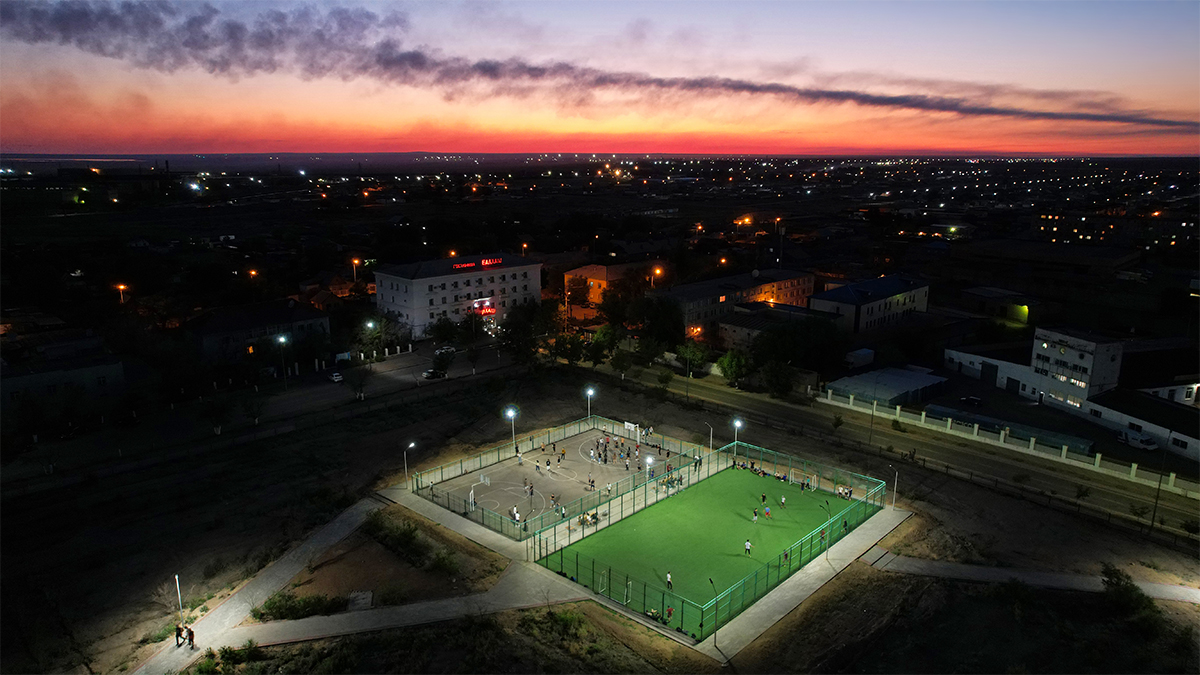
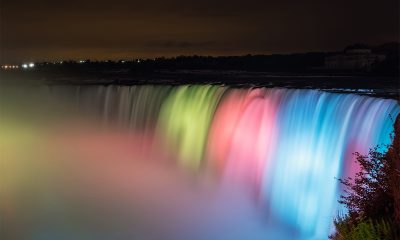
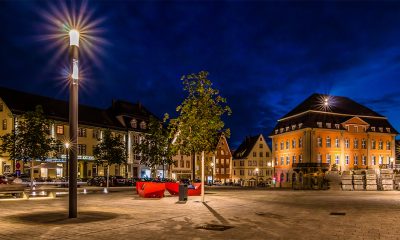
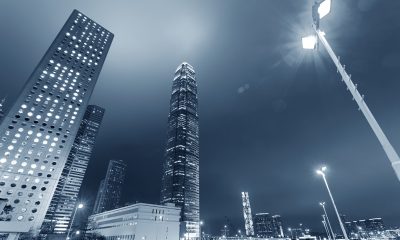
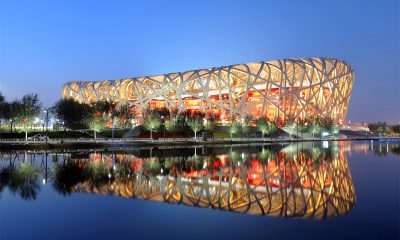
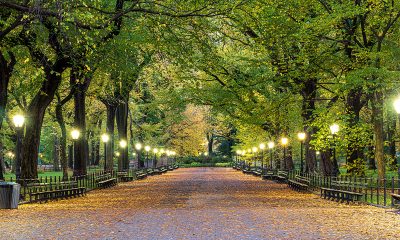

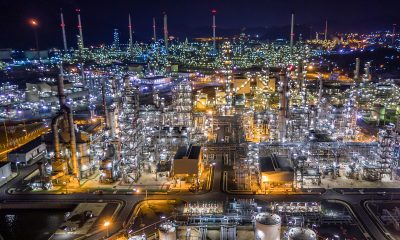
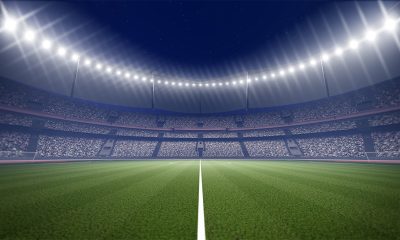
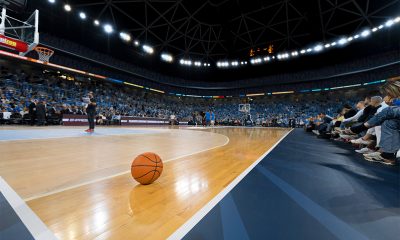
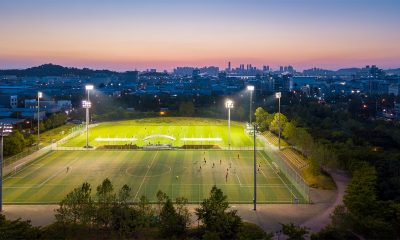
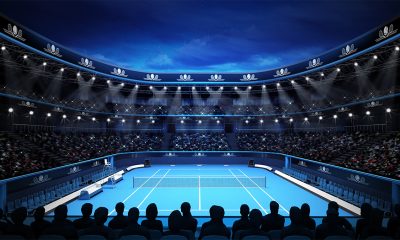
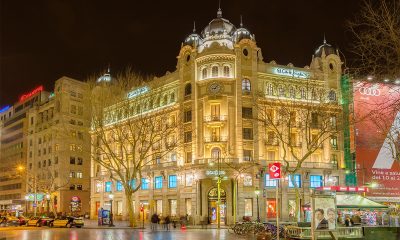





Loading...